Phoenix-based Nikola Motors has filed for Chapter 11, becoming the latest start-up to go bust while targeting the EV and hydrogen fuel-cell markets. Nikola officials said the company now plans to sell off its assets, though it isn’t clear a buyer has yet emerged.
After a series of setbacks, including slow sales, fires, a plunging stock price and a series of senior management changes, EV and hydrogen fuel-cell truckmaker Nikola has become the latest green energy start-up to call it quits, filing for Chapter 11 bankruptcy protection on Wednesday.
The company said in a statement that it now plans to sell off its assets, though it did not indicate whether it has any buyer yet lined up.
“Like other companies in the electric vehicle industry, we have faced various market and macroeconomic factors that have impacted our ability to operate,” CEO Steve Girsky said in the statement. “Unfortunately, our very best efforts have not been enough to overcome these significant challenges,” he added.
A troubled start
Founded in 2014 under the name Nikola Motor Company – later renamed Nikola Corp. – the company’s original goal was to develop a line of medium and heavy-duty trucks powered by hydrogen fuel-cells. The technology is seen by some as the ultimate green source of energy since it produces only water as an exhaust product. Proponents also stress that it has advantages over batteries since fuel-cell vehicles can travel significantly further after tanking up than EVs can run on a full charge.
But things started to go south for Nikola when short-seller Hindenburg Research alleged the company had faked some sales demonstrations and order numbers. That triggered investigations by both the U.S. Justice Department and SEC. Founder and original CEO Trevor Milton was convicted of fraud by a New York jury in October 2022. He also faced sexual abuse allegations. Milton resigned and was replaced by former General Motors Vice Chairman Steve Girsky in August 2023.
The company went public in March 2020 as part of a so-called SPAC merger, a quick way to get listed on one of the major exchanges, and ended its first day of trading with a valuation of $28 billion. But neither Milton nor Girsky were able to line up either the buyers or investors Nikola needed to keep the momentum going after the stock peaked in June of that year. Over the past 52 weeks its shares fell from a high of $34.50 to around $0.50 after the Chapter 11 filing was announced. The company’s market capitalization stood at barely $19 million on Thursday morning.
Technical problems
As the Hindenburg Research report revealed, Nikola’s fuel-cell technology wasn’t nearly up to expectations. That forced the company to shift focus to battery power early on. It only recently started to reemphasize hydrogen power, delivering its first vehicles in 2023.
The battery models soon ran into problems, however, Nikola forced to stage recalls due to a series of fires. The hydrogen trucks generated plenty of interest, but few sales, as potential customers questioned both the durability of the technology and the lack of a viable refueling network. Nationwide, there are scant locations where fleet operators could find hydrogen pumps. At one point Nikola promised to set up its own fixed and mobile pumping stations but that project failed to materialize.
The company had set up a plant in Coolidge, Arizona capable of assembly as many as 2,400 trucks annually, it claimed, but it never came close to that target, sales so far reportedly measured, at most, in the hundreds. And each generated what Reuters described as “hundreds of thousands of dollars in losses.”
More Nikola News
- Nikola Founder Trevor Milton Gets 4-Year Jail Sentence
- Nikola Hoped to Drive a Revolution
- By Accident, Two Geologists Discover Potentially Huge Source of Hydrogen
What now?
With few potential customers willing to take a risk on the company’s products, even as it continued to pump money into R&D and other operations, Nikola saw its cash and securities plunge from $464.7 million at the end of 2023 to just $198.3 million at the end of the third quarter 2024.
As part of its bankruptcy filing, Nikola list assets of between $500 million and $1 billion. But it estimated liabilities running anywhere from $1 billion to $10 billion, in a filing with the U.S. bankruptcy court in Delaware.
Reports of a possible bankruptcy had been rumored for months, first appearing in print in a Wall Street Journal story on February 6. Other reports indicated the company was looking at options including selling off operations or finding a partner if it couldn’t raise new funds. One reason for recruiting Girsky was his long tenure as respected Wall Street automotive analyst, as well as his role in pulling GM out of its 2009 bankruptcy.
At this point, Nikola’s fate remains uncertain, with questions about whether it can sell assets or even the technology it has so far developed.
The company is the latest in a string of bankruptcies by once promising green automotive start-ups, such as Fisker and Lordstown Motors – many of which also used SPAC mergers as initial means to go public.

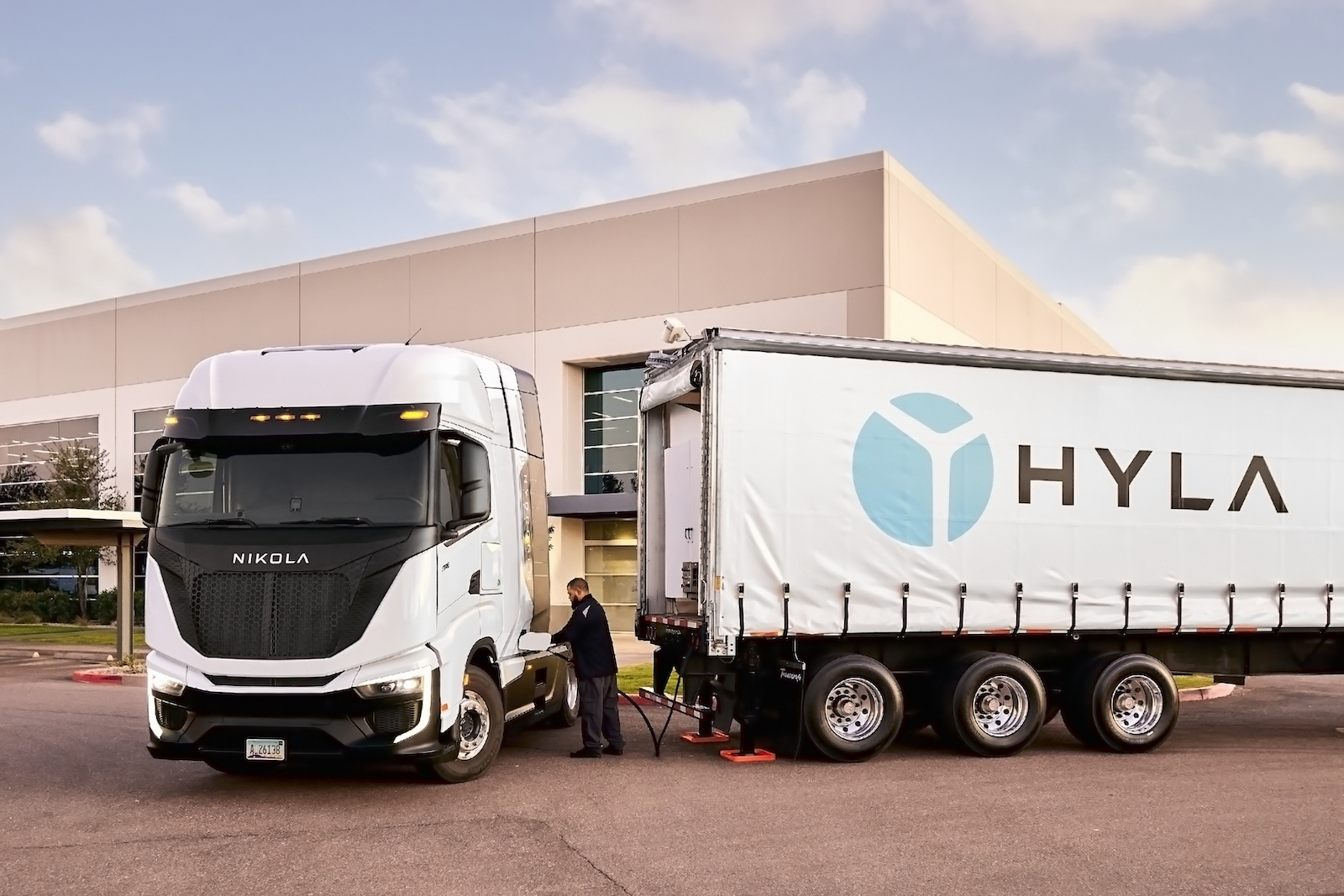
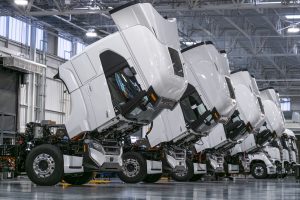
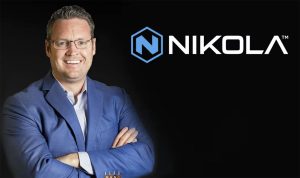

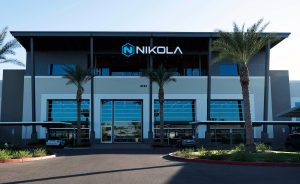

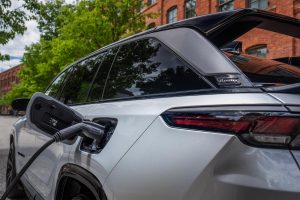
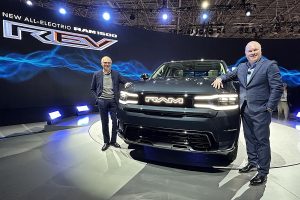



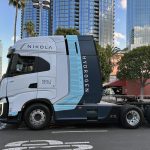

0 Comments